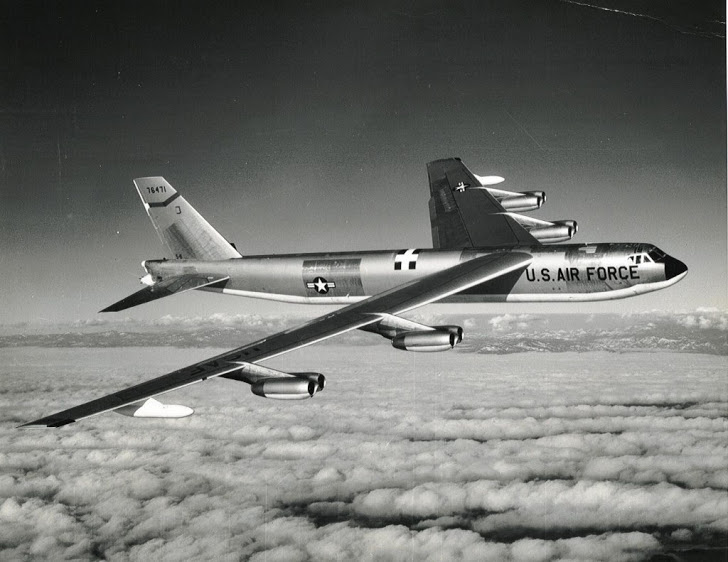
21 January 1968: A United States Air Force Boeing B-52G-100-BW Stratofortress, serial number 58-0188, assigned to the 380th Strategic Aerospace Wing, was flying an Airborne Nuclear Alert mission as part of Operation Chrome Dome. The bomber, call sign Hobo 28, had a crew of seven and was armed with four B28FI nuclear bombs carried in its bomb bay.
Prior to takeoff, the third pilot, Major Alfred D’Mario, had placed three foam cushions under the navigator’s seat on the lower deck of the B-52. During the flight the crew cabin became very cold and additional heat was directed into the heating ducts from an engine’s bleed air system. Due to a malfunction, the bleed air was not cooled before entering the heating system and this very hot air ignited the cushions. Very quickly a fire developed.
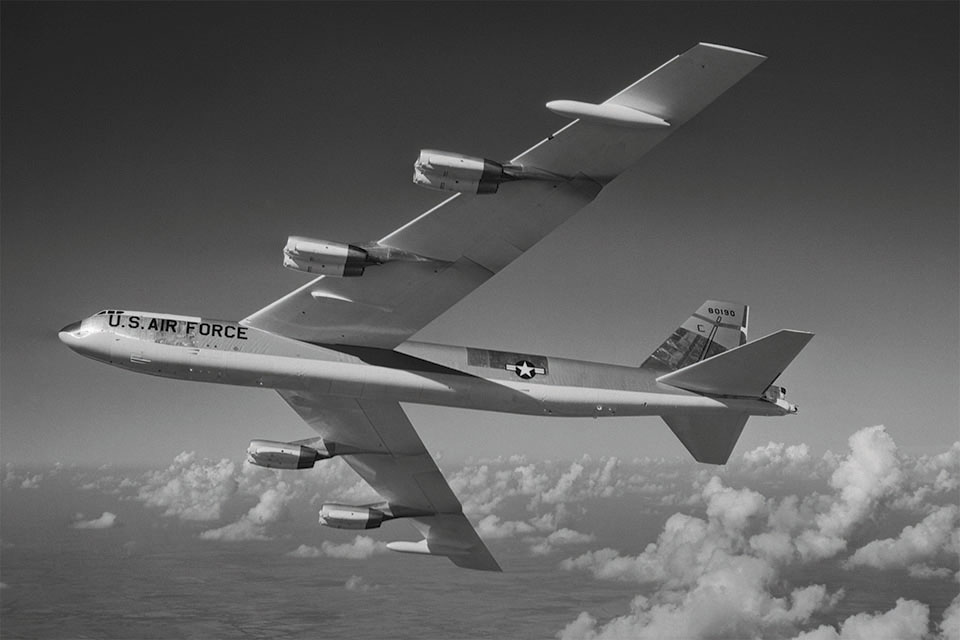
At 12:22 p.m., Atlantic Standard Time (16:22 UTC), the aircraft commander, Captain John Haug, declared an emergency and requested an immediate landing at Thule Air Base, Greenland, which was about 90 miles (140 kilometers) to the north. The crew’s fire extinguishers were quickly depleted and the fire continued to spread. The bomber’s electrical system failed and the cabin filled with smoke. Captain Haug ordered the crew to abandon the aircraft at 16:37 UTC.
Hobo 28 passed directly over the air base and six of the seven crewmen ejected. The co-pilot, Captain Leonard Svitenko, who was temporarily in a jump seat on the lower deck rather than in an ejection seat, tried to jump from an open hatch on the lower deck. He struck his head and was killed.
Captain Haug and Major D’Mario landed on the air base, and three others were very close by. The sixth, gunner Staff Sergeant Calvin Snapp was 6 miles (9.7 kilometers) south on an ice floe, and was rescued 21 hours later.
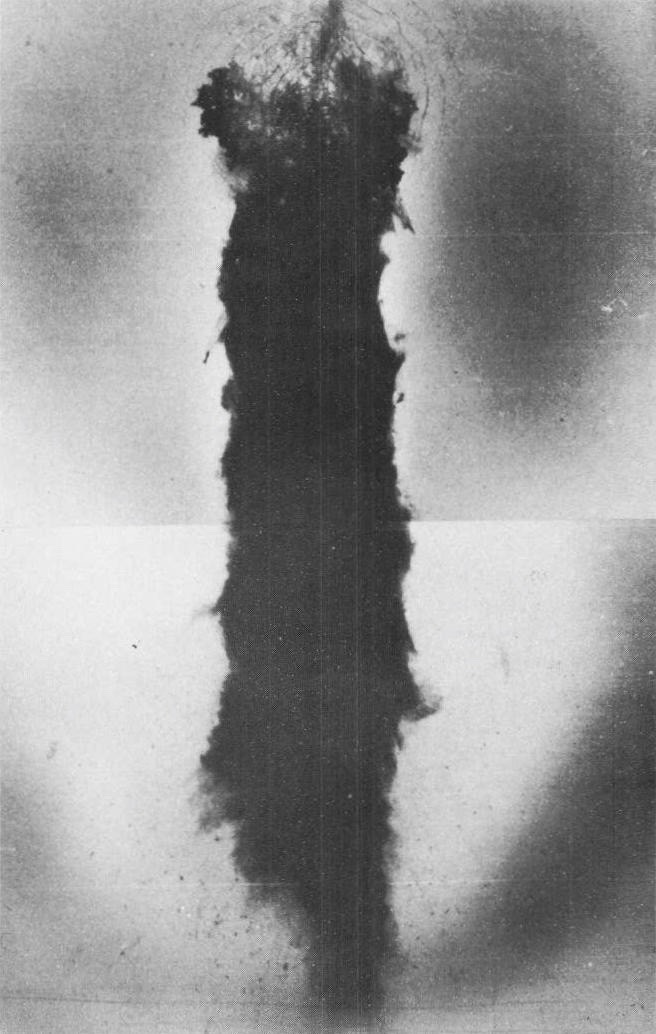
The B-52, now unmanned, continued north and then began a 180° turn to the left. It crashed onto the sea ice of North Star Bay, about 7.5 miles (12 kilometers) west of Thule.
The conventional explosives inside the four B28 bombs detonated on impact. No nuclear detonation occurred but radioactive plutonium, uranium and tritium was scattered over a wide area.
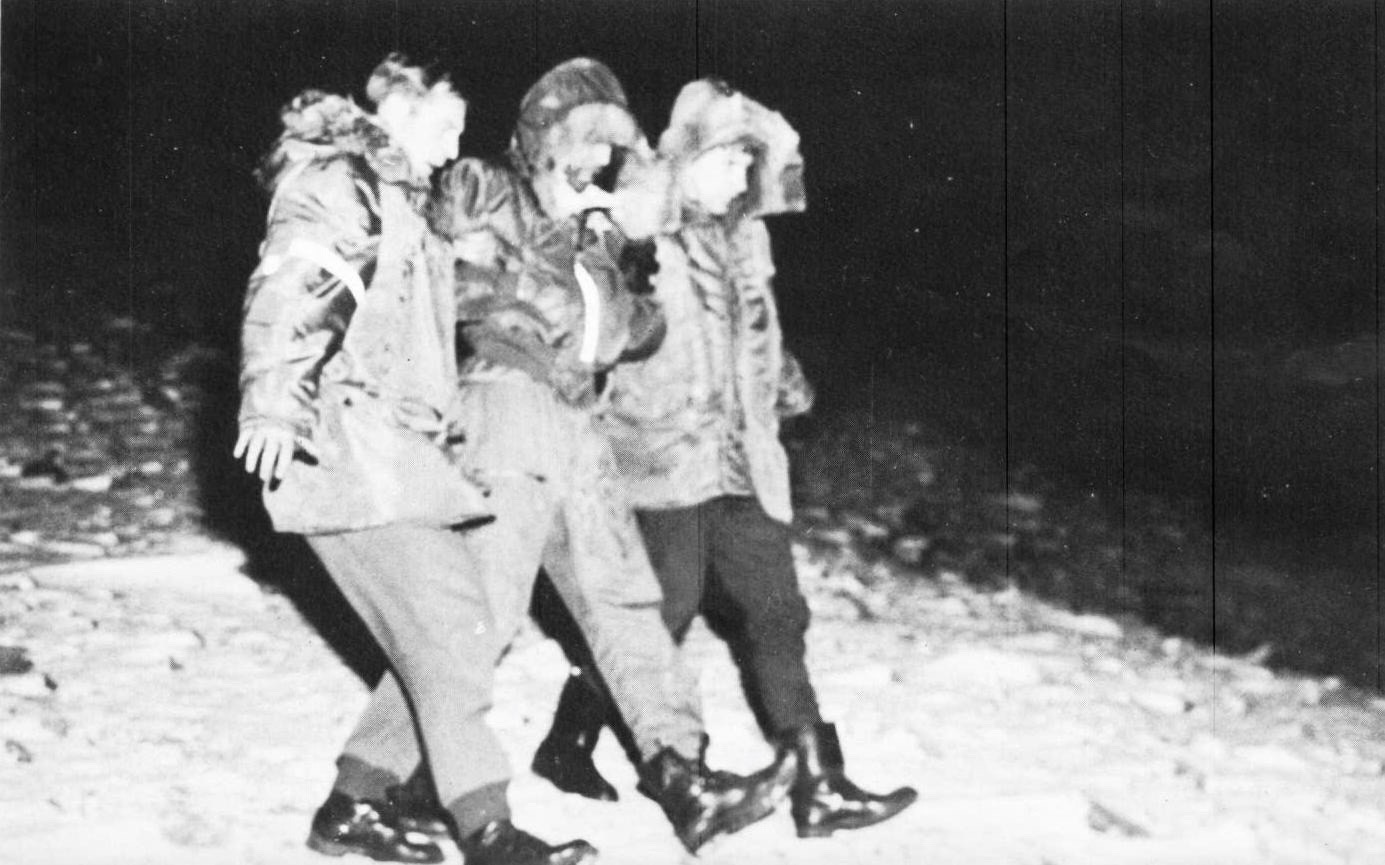
A massive cleanup effort was required. Under the circumstances, this was much more difficult than at Palomares, Spain, two years earlier.
As a result of these two nuclear accidents, referred to by the code words “Broken Arrow,” Operation Chrome Dome, which had kept armed B-52s in the air 24 hours a day since 1961, was ended.
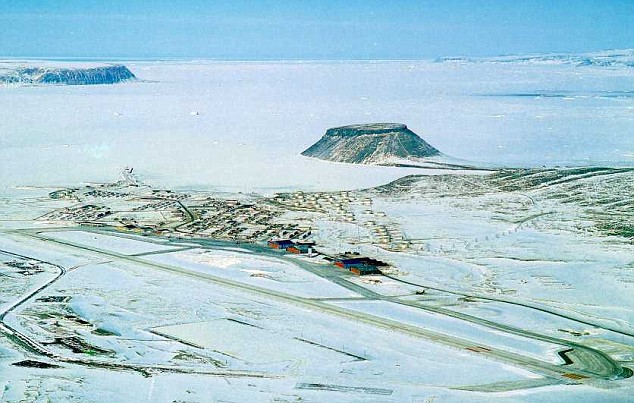

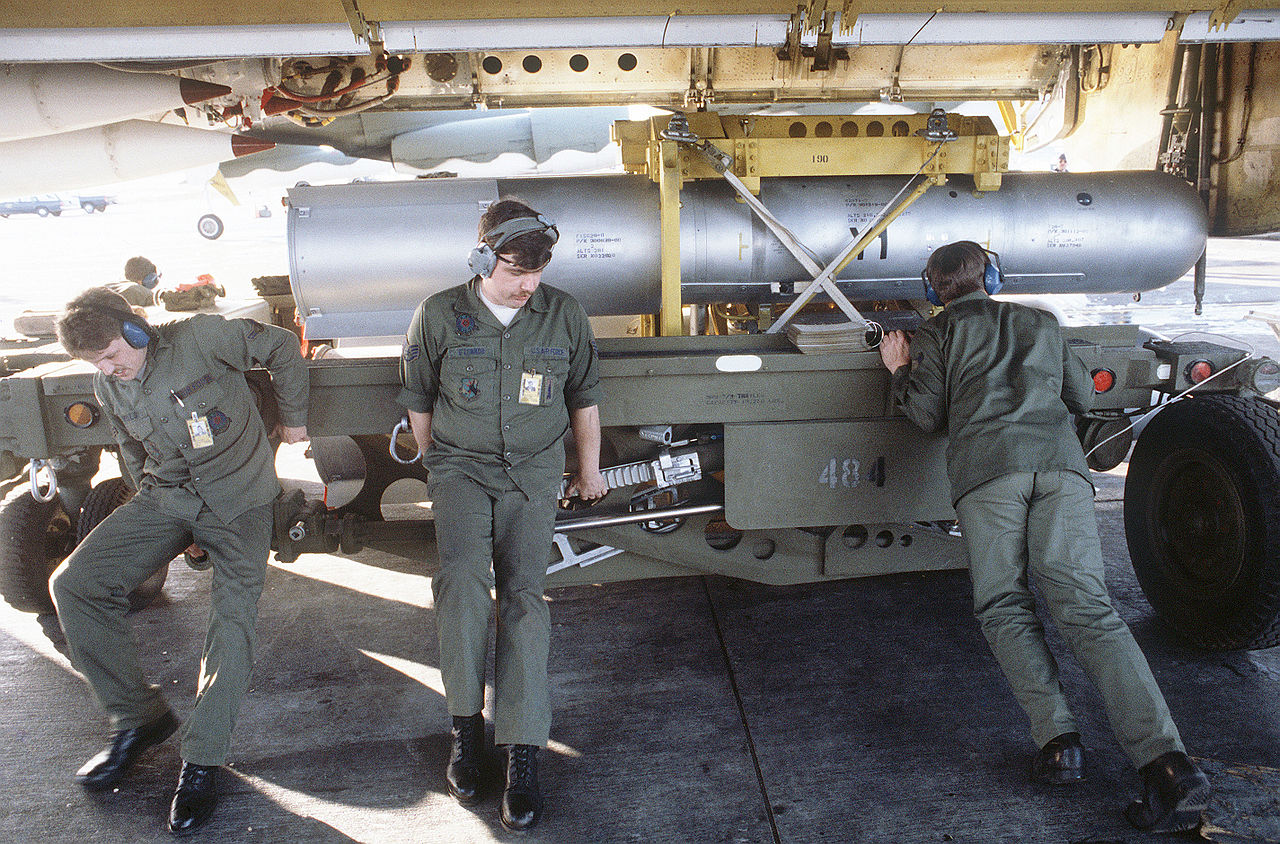
© 2019, Bryan R. Swopes